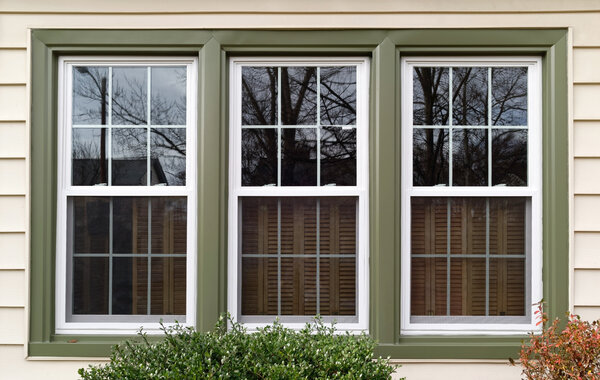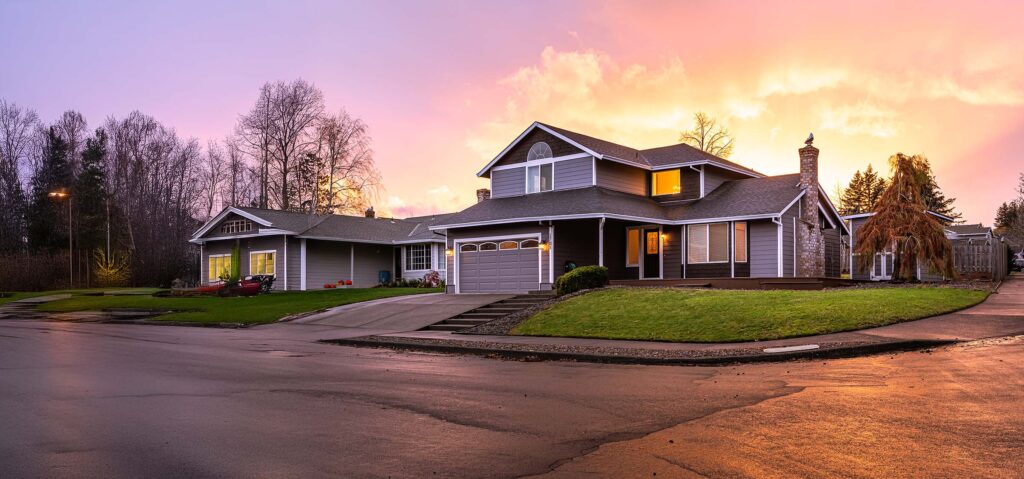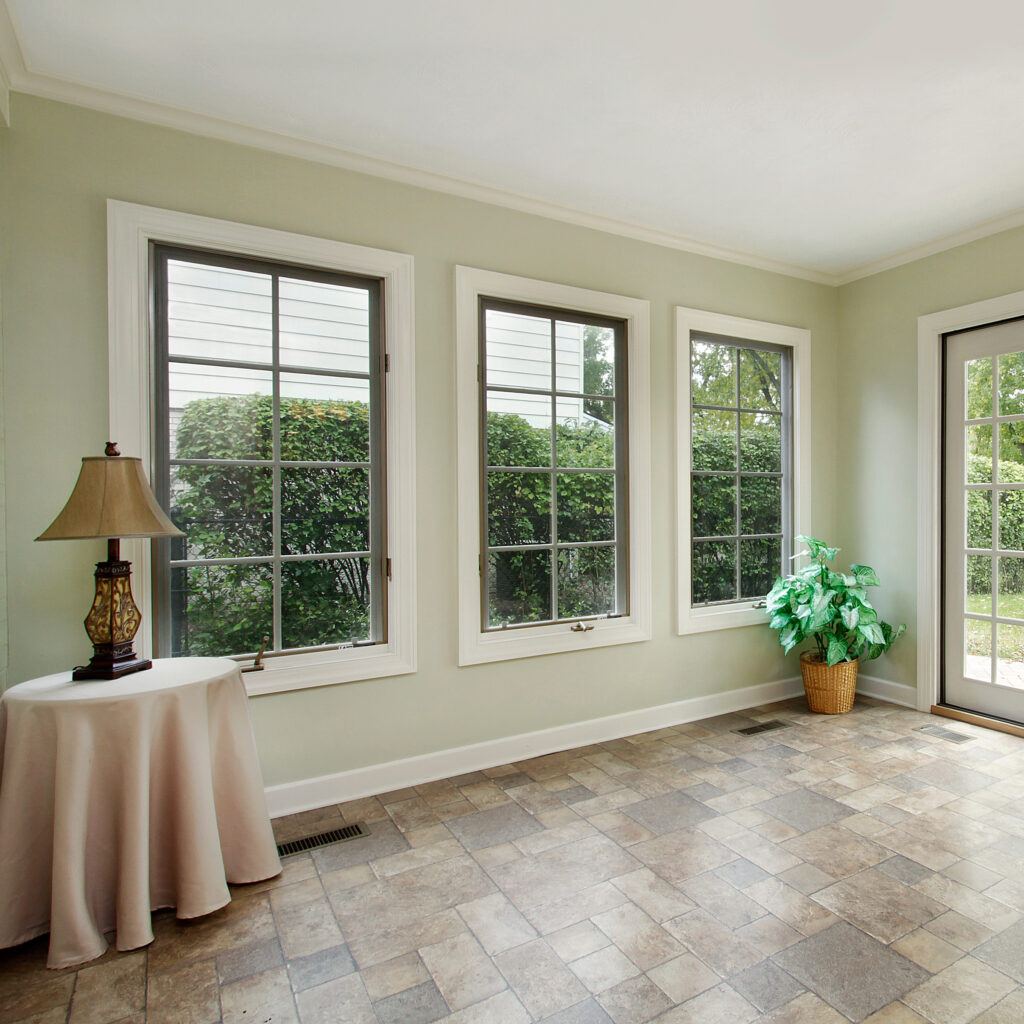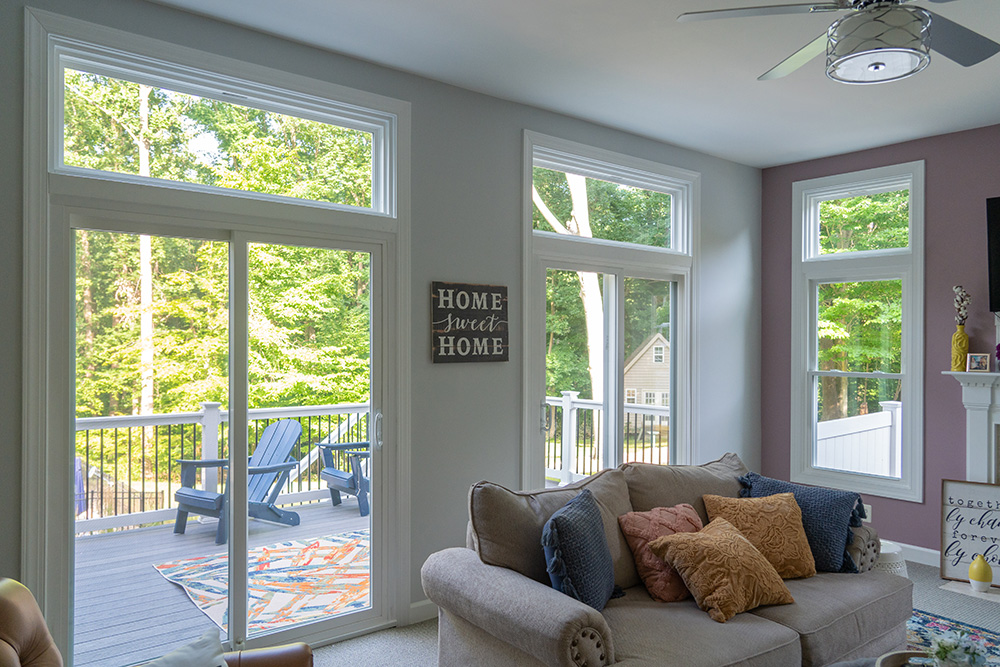Replacing old windows in your home can be a significant investment since it can lead to energy savings, increased comfort, and improved aesthetics. However, to correctly replace old windows, can also be daunting, especially if this is your first time. This blog post will walk you through how to replace old windows in the most efficient way possible.
Choosing the right replacement
Before removing your old windows, please look closely at them and assess their condition. For example, do they have cracks or gaps? Are they difficult to open or close? These factors can impact the replacement process and determine whether you need to replace the entire window or just certain parts.
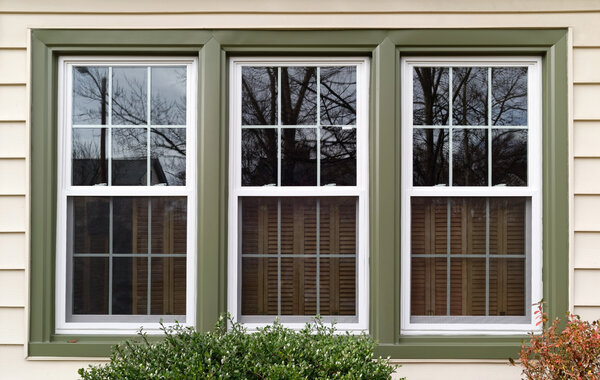
When choosing replacement windows, consider the style, material, and energy efficiency. You will want to select a style that complements your home’s architecture and personal taste. Common types include double-hung, casement, slider, and awning windows.
To ensure a proper fit, measure the opening. You can start by measuring the width, height, and depth. Measuring carefully and accurately is essential to avoid ordering the wrong size window. Once you have the measurements, you can order the replacement windows from a manufacturer or retailer.
Removing and installing windows
To remove the old windows, start by removing the sashes or panels. Then, remove any remaining hardware, such as locks or hinges. If your windows are framed with wood or metal, you may need to remove the frame, as well. Just be sure to wear gloves and eye protection during this step, as broken glass and debris can be hazardous.
Before installing the replacement windows, apply a layer of weatherstripping or caulk around the opening to create an airtight seal. Then, insert the new window into the opening and secure it with screws or nails. Be sure to check that the window is level and square before tightening the screws. Finally, apply a layer of exterior caulking around the window to seal any gaps.
Once the replacement window is installed, you must add the finishing touches. This may include installing new interior trim, painting or staining the frame and adjusting the window hardware for a proper fit. Be sure to follow the manufacturer’s instructions and local building codes when finishing the installation.
In conclusion, replacing old windows can be an excellent investment for your home; and with the proper steps, it can be a relatively straightforward process. By assessing your old windows, choosing the correct replacements, measuring carefully, removing the old ones safely, and installing the new ones correctly, you can enjoy the benefits of improved energy efficiency, comfort, and aesthetics for years to come.

